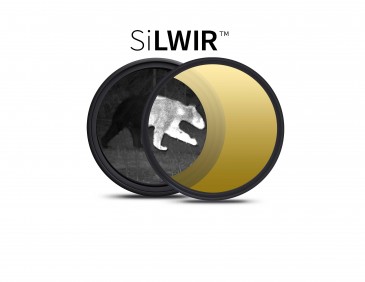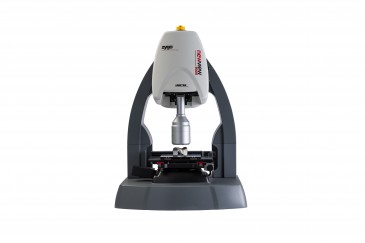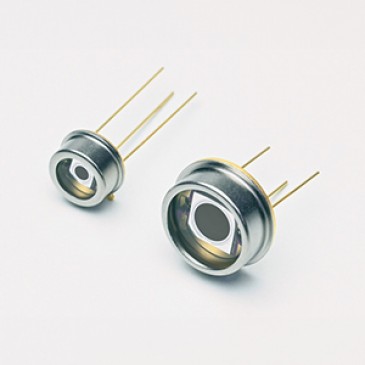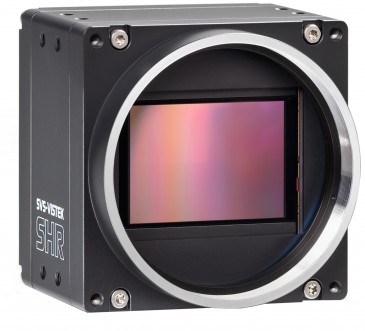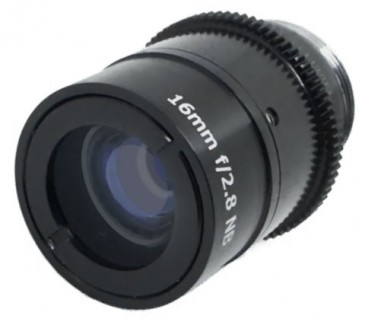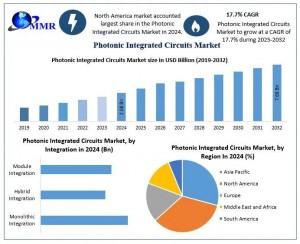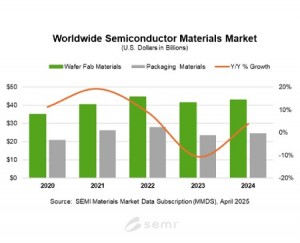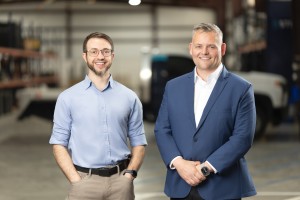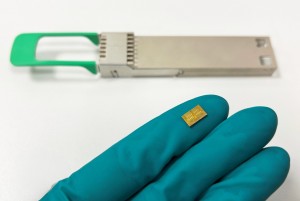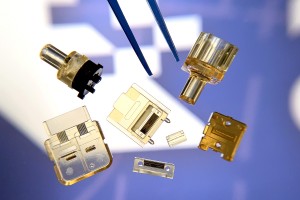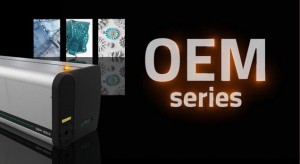
Engineering researchers at Columbia University in New York City (US) have developed a non-invasive technique to permanently correct myopia that uses femtosecond oscillator, an ultrafast laser that delivers pulses of very low energy at high repetition rate, for selective and localized alteration of the biochemical and biomechanical properties of corneal tissue, without damaging cells or disrupting tissue in the eye.
Until now, corneal refractive surgery was the only relatively successful approach to permanently correct nearsightedness. But the procedure is highly invasive and bares the risk of post-surgical complications, including permanent vision loss. Furthermore, laser-assisted vision correction surgery, such as laser in situ keratomileusis — better known as LASIK — can thin the cornea.
“In the study, a femtosecond laser is used to induce low-density plasma within the focal volume and its vicinity,” explains Columbia Professor Sinisa Vukelic. “The low-density plasma creates an ionization cloud that produces reactive oxygen species (ROS). These ROS interact with collagen fibrils and crosslinks are formed.” Carefully tailoring these crosslinks in the interior of the corneal tissue, one can selectively alter its mechanical properties to alter the corneal curvature to correct the vision.
The femtosecond oscillator
The laser used in the Columbia study is a femtosecond oscillator, a laser that produces femtosecond laser pulses that have the very low energy of only a few nanojoules, at very high repetition rate. “If paired with appropriate beam delivery optics, these lasers deliver just enough energy to produce radicals but, at the same time, do not disrupt the tissue,” says the mechanical engineering expert.
Ultrafast laser regime below optical breakdown threshold
Vukelic explains that in most ophthalmic applications, femtosecond lasers are used to cut a flap or a lenticule. And generally, this type of laser is either used as precision cutting tool or the excitation source for nonlinear imaging. “We have demonstrated that we can use a femtosecond laser to enhance material properties of target tissues,” he says.
“The uniqueness of the process is the ability to induce a photochemical effect and subsequently change corneal biomechanical properties without disrupting the tissue,” Vukelic says. “To the best of our knowledge, this study is the first to use ultrafast laser in regime below the optical breakdown threshold to adjust the corneal curvature.”
Advantages of the non-invasive procedure
The professor says the main advantage of the proposed treatment, compared with established surgical methods, is how non-invasive it is: There is no flap-cutting or ablation. What is more, the vision correction technique can potentially be applied to a much wider population, including patients with thin corneas, dry eye syndrome and other abnormalities, who may now be eligible for permanent refractive error correction. An additional benefit is that the treatment can potentially be repeated if necessary. “A patient may come back a number of years after the initial procedure to have additional vision correction, because our vision deteriorates with age,” Vukelic says.
The discovery
“I have been working in the laser materials processing field for years and have always been interested in fundamentals of laser matter interaction. Specifically, the physics behind ultrafast laser phenomena has always been fascinating to me,” Vukelic shares. “Looking back at the basic principles of laser based nonlinear ionization, I thought that there must be more we can do with the phenomenon.”
The biggest surprise, reveals the researcher, is that they can expand the treatment to a platform for treatment of collagen-rich tissues. “Specifically, my group is utilizing the established protocol to treat other collagenous tissues, and the preliminary results are very, very promising,” he reports. “Other researchers have come up with suggestions that are very exciting, such as treating skin to reduce wrinkles.” His group is working on a clinical prototype device and is beginning clinical trials.
Written by Sandra Henderson, Research Editor, Novus Light Technologies Today


























 Back to Features
Back to Features